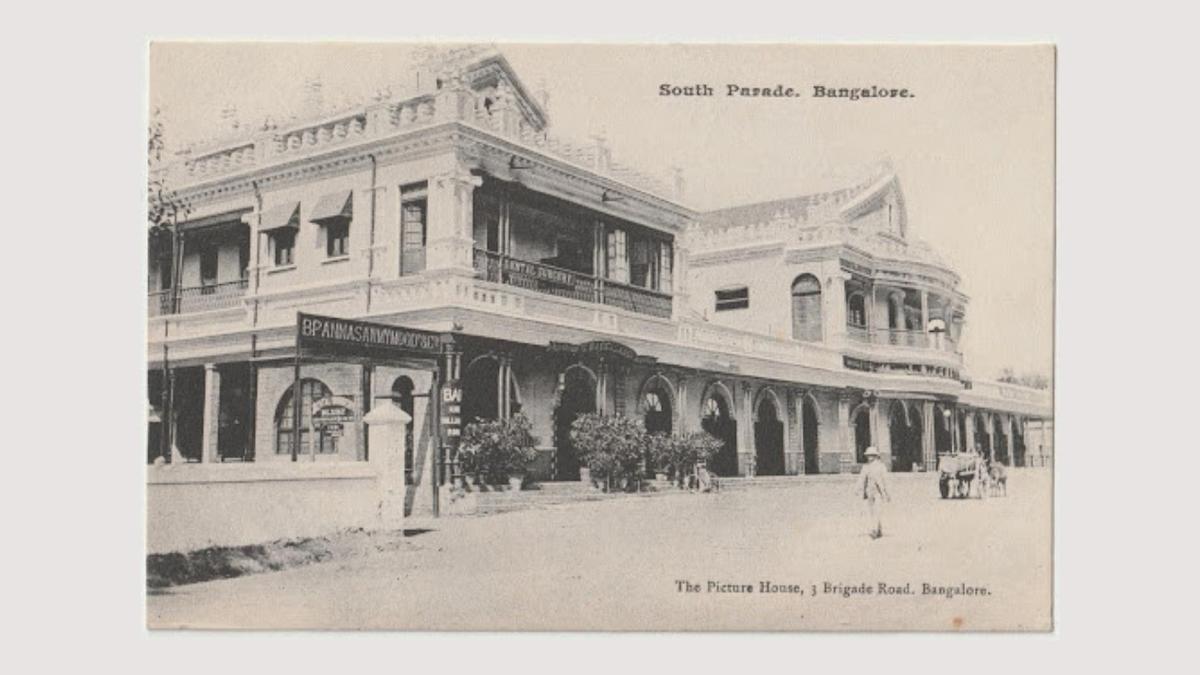
Bengaluru through sepia stained postcards as seen by anthropologists Emily Stevenson and Stephen Hughes
The Hindu
Anthroplogists Emily Stevenson and Stephen Huges talk about postcards as an indicator of growth and development, focussing on the city of Bengaluru
At a recent webinar, anthropologists Emily Stevenson and Stephen Hughes used picture postcards to throw light on the history of old Bengaluru in areas ranging from the use and consumption to societal norms and more. The webinar was part of the ongoing exhibition, Hello & Goodbye: Postcards from the Early 20th Century, at the Museum of Art and Photography.
Emily Stevenson, is a historical, visual and social anthropologist, who has authored the book British Indian Picture Postcards in Bengaluru: Ephemera; Entanglements. Stephen Putnam Hughes who mentored Emily on this work, specialises in anthropology in media, particularly in documentary and ethnographic films. His research covers the history of Tamil-speaking performing arts and various topics related to the history of mass media.
Explaining how picture postcards were the new media craze during the early 20th century, Emily said, “It was a mobile form of photo sharing and social networking.” She elaborated saying postcards traversed various social communities, adding, “It used to take 14 days for a postcard to reach the United Kingdom through the Suez Canal, which was pretty quick considering the time period.”
The webinar brought to light many interesting facets of life in India during that period. For instance, postcards were priced at one anna and posting one within India cost a quarter of an anna, while posting it abroad would cost one anna.
According to Emily, local photographers would send their work to foreign artists, usually in Germany, who would send them back to India to be hand coloured. These postcards were designed to be written on and posted, with the content and image synchronising, though this was not always the case. “Between 1902-1910, roughly six million postcards were exchanged,” she adds.
European institutes such as Rafael Truck & Sons, Spencers and Higginbotham & Co, were among 20 studios that produced postcards in the early 1900s, and one was the Picture House Studio in Shivaji Nagar.
Of the two prominent European studios, Wiele’s Studio by German photographer Wiele and Doveton Studio by Cecil Doveton (previously an assistant to Wiele), Wiele’s stood out for its use of hand-coloured postcards.











